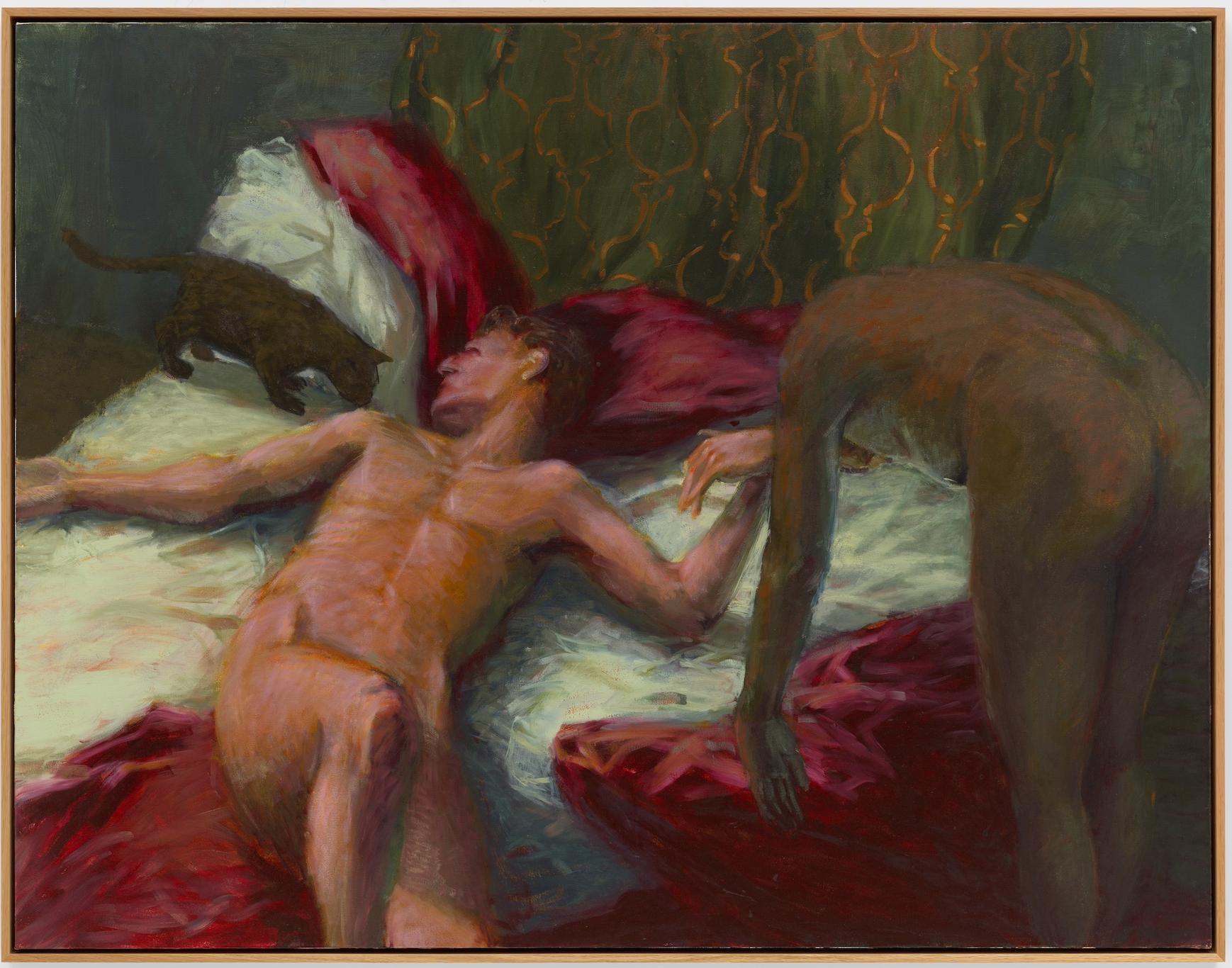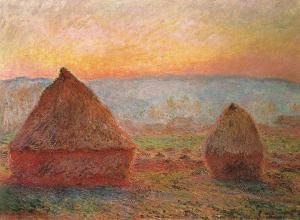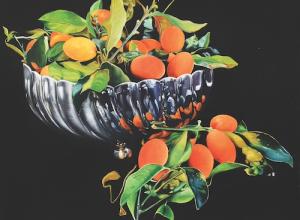Steers skillfully captured the intimate everyday joys and horrors of existence, creating work that feels both somber and bright, while highlighting the powerful emotional paradox of life. An artist gaining traction in the art world and garnering critical acclaim in the late 80s and 90s, Steers died tragically young, at thirty-two, of AIDS-related complications in 1995.
The exhibition title, Conjuring Tenderness, was inspired by a quote about painting from Steers in 1994, “It's like conjuring... It's as if painting it will make it become real. That painting of a man holding another man is conjuring that tenderness, that hope that someone will still care about you and will be there.” The exhibition will also include works never before seen publicly.
Steers studied art at Yale University, graduating cum laude in 1985. He immediately moved to New York, living in cheap tenements and illegal sublets, while he focused on his art and entered wholeheartedly into the queer nightlife scene.




























